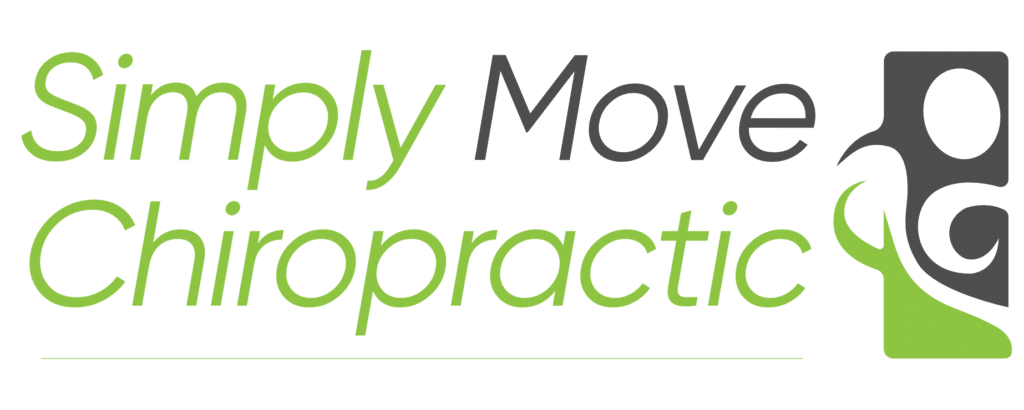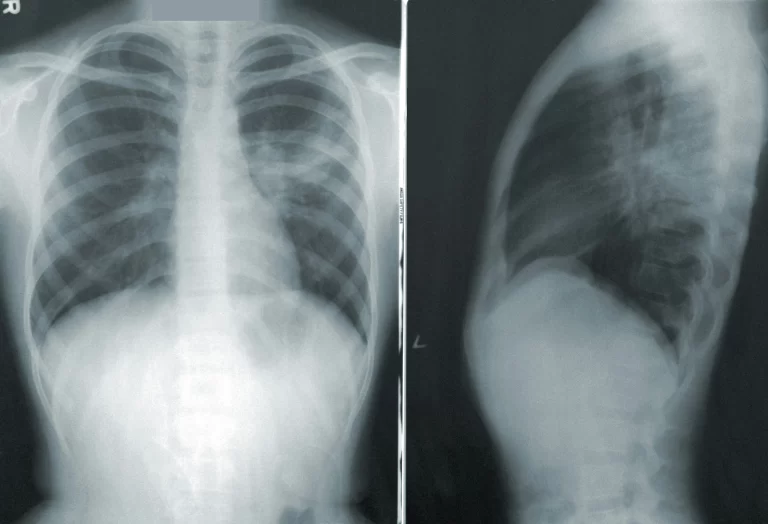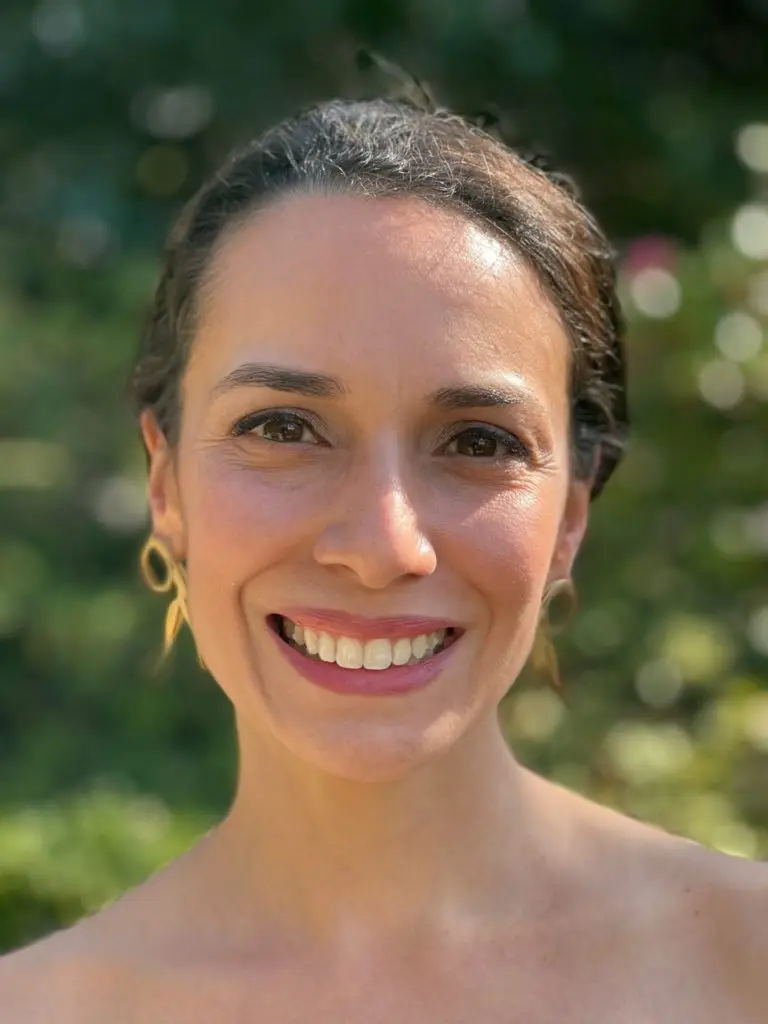In my scoliosis practice in Charlotte, I take pride in adopting evidence-based approaches to manage scoliosis-related pain and improve function. The specific findings from the systematic review resonate deeply with my treatment philosophy, emphasizing the effectiveness of various non-pharmacological therapies.
The Multifaceted Benefits of Exercise
Exercise is a cornerstone of my treatment regimen. Implemented through my ScoliBalance program, I have found it to be one of the most effective ways in relieving pain for my scoliosis patients. The review emphasizes its role in improving function and pain in the short and intermediate terms. Though ScoliBalance, I tailor exercise programs to each patient’s specific curvature and symptomatology, focusing on strengthening, flexibility, and posture. The moderate strength of evidence (SOE) for exercise in enhancing function and its low SOE for pain relief underscore its dual benefits, especially in the context of scoliosis where maintaining spinal mobility and muscle balance is crucial.
Leveraging Low-Level Laser Therapy and Spinal Manipulation
For most of my scoliosis patients, I focus strictly on exercise rehab through ScoliBalance. However, when pain is a limiting factor to performing those exercises I will utilize other select therapies to reduce discomfort. Again these therapies are supported by the evidence in the review.
Low-level laser therapy and spinal manipulation are integral parts of our therapeutic arsenal. While the review suggests a low SOE for these modalities in pain improvement, we’ve observed their potential in providing relief and enhancing spinal function.
Spinal manipulation, in particular, is a key technique in chiropractic care, aimed at improving spinal mobility and reducing discomfort, aligning with the intermediate-term pain improvement noted in the review.
The Therapeutic Power of Massage
The review affirms their efficacy in improving function and pain in the short term. Massage offers a direct method for alleviating muscle tension and enhancing circulation, which is vital for patients with scoliosis. While I don’t offer massage at my practice, I do often recommend and refer out for some of my patients.
In my practice however, I do offer Active Release Technique. ART offers a targeted approach to address the unique muscular imbalances and tension patterns caused by their spinal curvature. By combining precise pressure with specific patient movements, ART helps to break down scar tissue, restore normal tissue function, and improve flexibility. This technique not only aids in alleviating pain and improving function in the short term but also contributes to long-term musculoskeletal health, making it a valuable component of our comprehensive scoliosis care approach.
Again, this is not something I normally implement for most of my scoliosis patients, but if the need arises it is something I can offer to help reduce pain and improve function.
The Therapeutic Power of Dry Needling
In my clinic in Charlotte, I also incorporate dry needling as a key component of our multimodal approach to scoliosis care. While the review highlights acupuncture for its pain relief benefits, dry needling serves a similar role in my practice. This technique is particularly beneficial for addressing the localized muscle pain and tightness often found in patients with scoliosis. By targeting specific areas of discomfort, dry needling can provide immediate relief and contribute to long-term function and pain management.
The Therapeutic Power of Mindfulness-Based Stress Reduction
I don’t directly offer any form of mediation or specific mindfulness-based stress reduction (MBSR), I have recommended the option to patients. The review highlights the effectiveness of MBSR as a tool for pain management and emotional well-being. MBSR involves guided techniques, including meditation and body awareness, which empower patients to address the psychological aspects of living with scoliosis.
Scoliosis support groups, both online and in person have proven to help patients deal with both the physical and psychological effects of scoliosis.
Conclusion: A Comprehensive, Evidence-Based Strategy
In sum, my practice in Charlotte is dedicated to employing a blend of evidence-based treatments to manage scoliosis-related pain and improve function. Each modality, from ScoliBalance and spinal manipulation to ART, dry needle therapy, and multidisciplinary rehabilitation, plays a vital role in our holistic treatment strategy. I’m committed to not just alleviating pain but also enhancing the overall quality of life for my patients, guided by the latest research and a deep understanding of the unique challenges posed by scoliosis.





